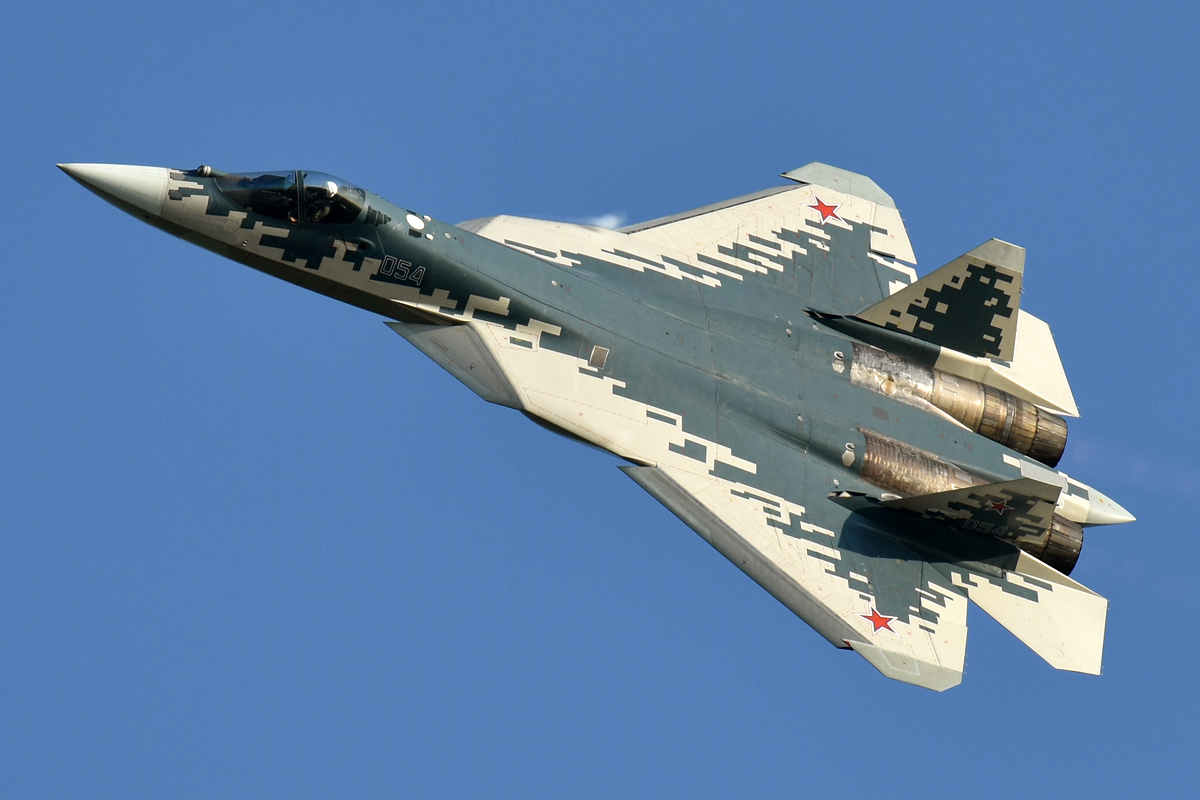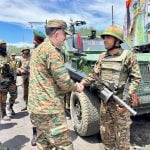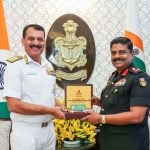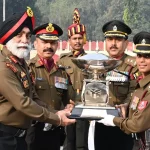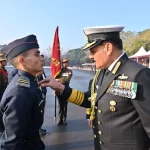In a significant development for India’s air combat capabilities, the government is actively considering Russia’s proposal to supply and co-produce the fifth-generation Sukhoi Su-57 fighter jet. Sources told CNBC-TV18 that there are no current plans to acquire the American F-35, despite earlier speculation, as India focuses on self-reliance and rapid force replenishment.
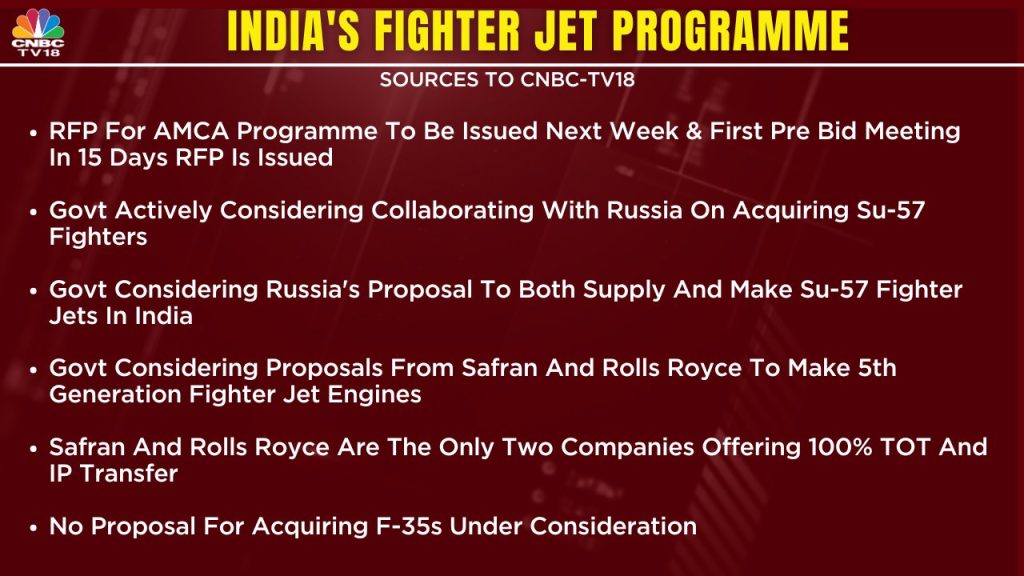
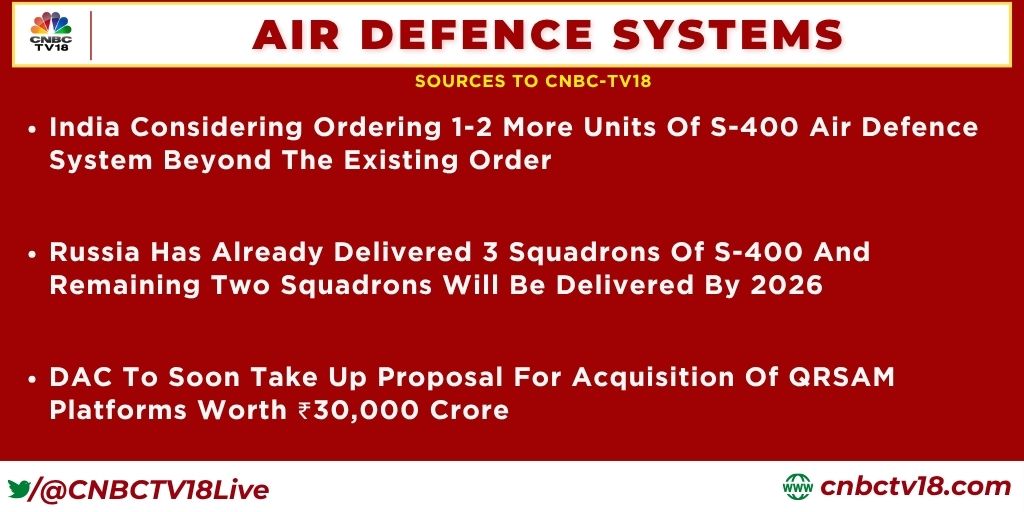
The move comes amid mounting pressure to upgrade the Indian Air Force’s fighter strength, which currently stands at just 31 operational squadrons against the sanctioned 42. In contrast, China has added over 435 fighter and ground attack aircraft in the past decade while India has lost 151, creating a pressing need to regain regional air dominance.
The Russian proposal includes complete technology transfer, opening the door for India to integrate indigenous systems like AESA radars, advanced avionics, and native weaponry under the ‘Make in India’ initiative. Hindustan Aeronautics Limited’s (HAL) existing Su-30 production line in Nashik offers a ready infrastructure base to support co-production, further tipping the scales in Russia’s favor.
At the India Today Conclave 2025, Russian Ambassador Denis Alipov called the Su-57 “the best combat aircraft currently flying,” highlighting its performance at Aero India 2025 and reiterating Moscow’s willingness to share technology and set up joint manufacturing in India.
Meanwhile, the Ministry of Defence is expected to issue a Request for Proposal (RFP) for the indigenous Advanced Medium Combat Aircraft (AMCA) program next week. This will be followed by a pre-bid meeting within 15 days and formal bid invitations within 45 days. The government aims to create a level playing field for private and public sector firms under the new AMCA execution model, opening the door for broader industrial participation.
As the AMCA is still in its early development phase, India is also considering medium-term options to bridge the immediate fighter gap. Among these is the co-development of fifth-generation jet engines with global giants Safran (France) and Rolls Royce (UK), both of whom have proposed full technology transfers to India.
Defence Secretary and Air Chief Marshal A.P. Singh have both publicly acknowledged the urgent requirement of acquiring 35–40 fighter jets per year to meet the IAF’s operational needs. A three-pronged approach has therefore been adopted, covering short-term imports or co-productions, mid-term capability enhancements, and long-term indigenous development through AMCA and associated engine programs.
The Su-57’s potential induction marks a critical intersection of geopolitical alignment, defense modernization, and industrial strategy—offering India both immediate relief and long-term leverage in the fifth-generation fighter space.

